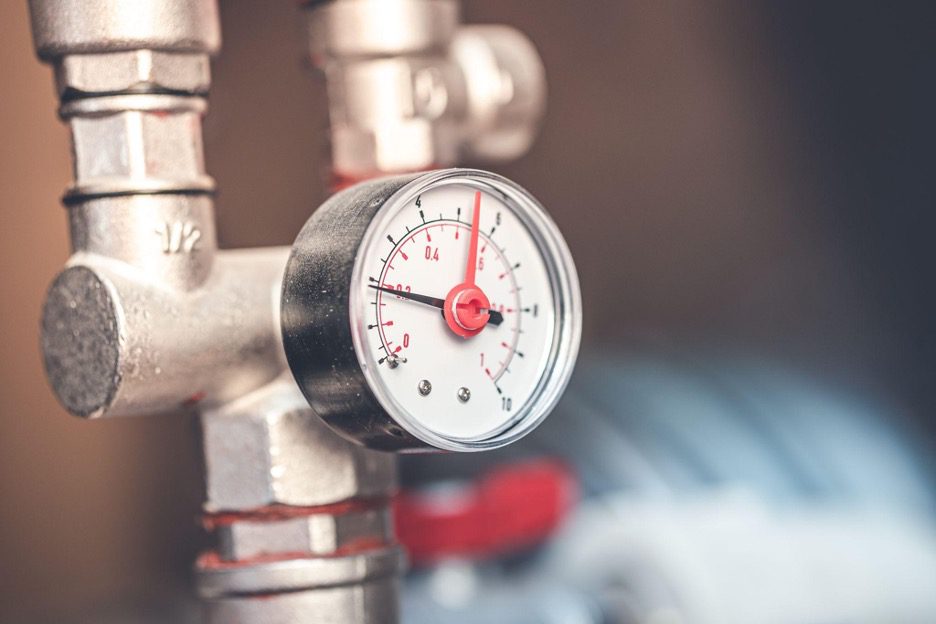
If you live in the Midwest, and you use pressure gauges, or just want to know how pressure gauges work, then you may want to know a few things about how to measure pressure. Pressure gauges measure pressure for a variety of purposes.
Some of the purposes that pressure gauges are used for include: filter monitoring, HVAC systems, self-cleaning filters, liquid tank level measurement, irrigation filtration, natural gas filtration, liquid tank level measurement, and much more. Pressure gauges are used in a variety of industries for many purposes.
How to Measure Pressure
Just how do pressure gauges measure pressure, you might wonder? In order to take the mystery out of this, we need to take a look at the different types of pressure being measured. Different types of pressure that are measured include absolute, vacuum, and compound pressure, essentially.
The three types of pressure measurement all basically revolve around where zero on the dial is being measured from. The zero starting point has a base level of pressure measured from either above atmospheric pressure, at atmospheric pressure, or below atmospheric pressure.
The Three Types of Pressure Measurement
Here are absolute, vacuum, and compound pressure measurements briefly explained:
Absolute
Explaining absolute pressure is best accomplished when you understand that with this type, no negative absolute pressure occurs and a perfect total vacuum is present. In these conditions, pressure remains constant and never fluctuates, regardless of barometric or atmospheric pressure.
Vacuum
Vacuum pressure is found under the conditions that there is less than barometric or atmospheric pressure present. General ambient pressure is used as a reference point. This ambient pressure can be created by the equipment or conditions of the application being measured.
Compound Pressure
Compound pressure, on the other hand, is a measurement of both the positive and the negative vacuum pressures in an application. In order for a gauge to be considered a true compound pressure gauge, it has to display both the negative and the positive pressure.
Pressure gauges usually move clockwise measuring positive pressure and counterclockwise when the measurement of negative pressure is made.
About Pressure Gauges
In some instances, when a vacuum needs to be measured, you may think you would want to use a compound pressure gauge instead of the absolute pressure gauge. However, using an absolute pressure gauge will allow you to measure subtle differences that can not be measured or detected with compound pressure gauges.
The main difference between compound and absolute pressure gauges is where the reference point is made, which the gauge uses as a zero point. With compound pressure gauges, the zero referencing point is always atmospheric pressure, which is -15 PSI at sea level. Absolute pressure gauges always use a full vacuum as a zero point.
Understanding How to Measure Pressure
These are some of the basics of how compound pressure and absolute pressure gauges work, and a simple explanation of absolute vacuum and compound pressure.
Mid-West Instrument
Since 1958, Mid-West Instrument has been a leading global manufacturer of differential pressure gauges, transmitters, and switches. Our company is family owned and operated from our facility located in Sterling Heights, MI.
Our state of the art factory is equipped the latest CNC machine tool technology, test equipment, calibrations standards, and oxygen clean room. This allows us to maintain precise tolerances and product quality with the shortest lead times in the industry.
Contact our experienced professionals or visit our website to learn which differential pressure instrument best fits your application.

